In dresses, blouses, tunics, sewn from thin fabrics, a straight cut of the neckline of a whole-cut shelf is easiest to handle with the most ordinary stitching.
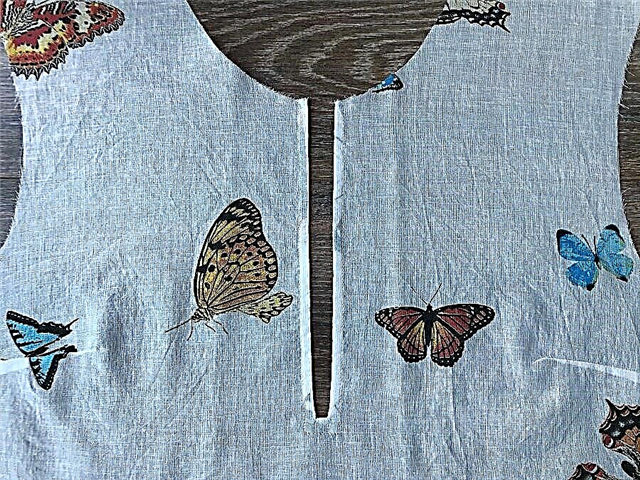
How to do this, I'll show you an example of a tunic for dress patterns from Burda 4/2016:
- Best-seller
- Special offer

- 1
- 2
- 3
- 4
Step 1

Mark the line of the straight cut of the neck of the shelf with a marker on the fabric or with a wide notched stitch.
Step 2
On top of the marked cut line from the wrong side, iron a strip of gasket 1 cm wide.
Important!
In the present master class, this step was skipped, since the cotton cambric, though thin, but dense and not at all loose.
Step 3
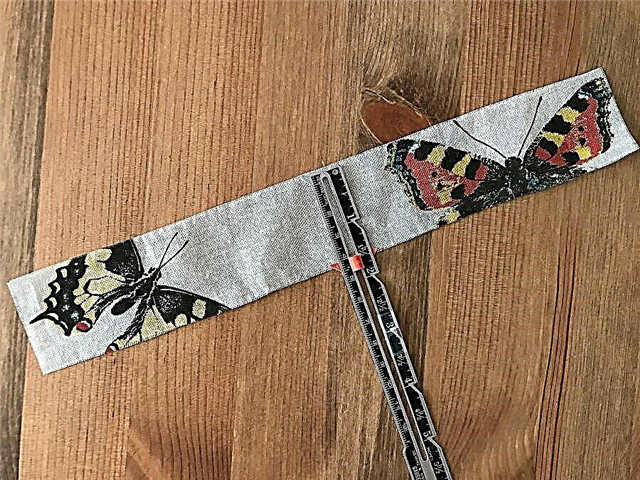
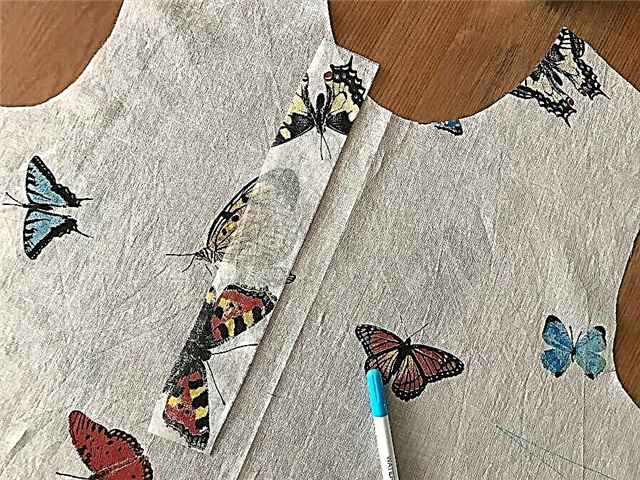
Cut the grind-bar 2–3 cm longer than the depth of the cut and 3–4 cm wide.
Step 4
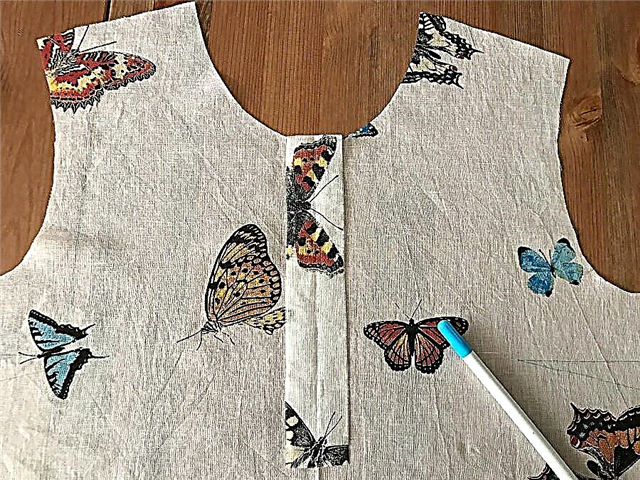
Apply the cut-edge of the cut over marking with the front side to the front side, aligning the middle of the part with the cutting line.
Step 5
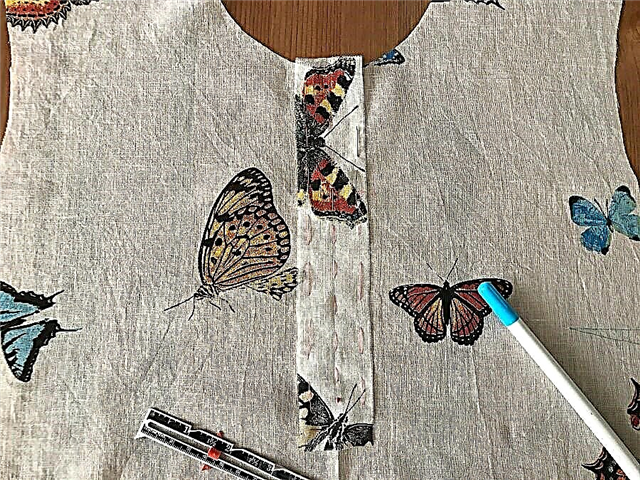
Lay a wide basting stitch exactly in the middle of the trim plate, as well as around the perimeter of the part.
Step 6
From the wrong side around the cut line, lay a stitch at a distance of 2-3 mm.
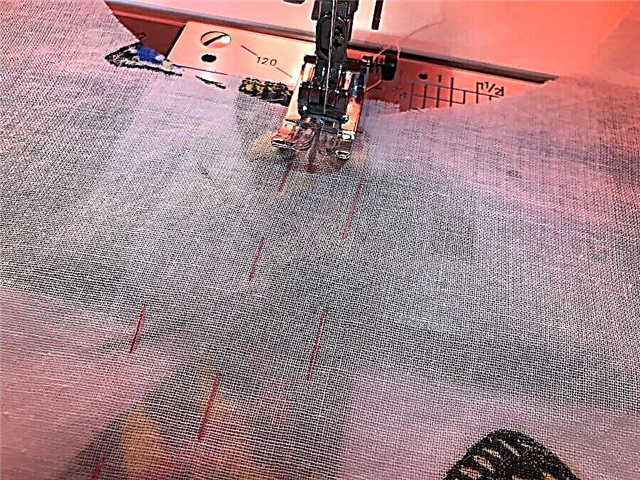
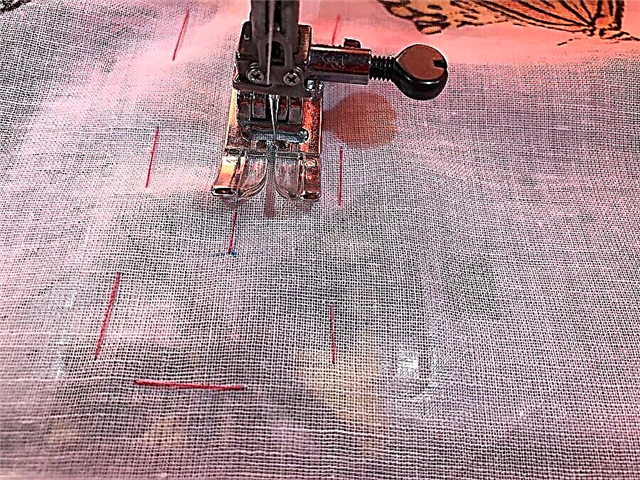
Start by stitching one side of the cut line.
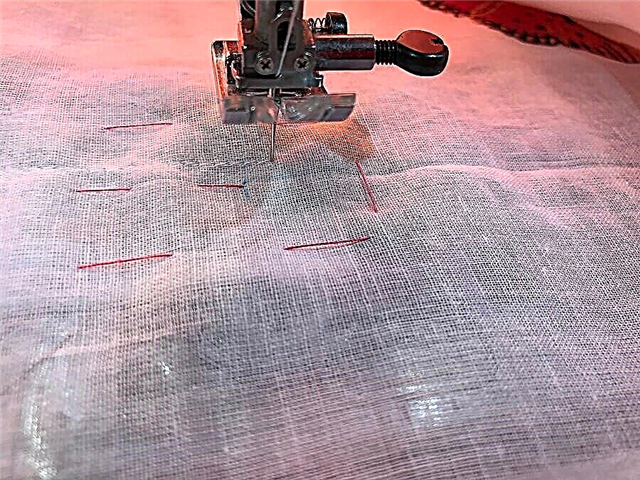
When reaching the end of the cut, sew 2 stitches forward. Stop the machine. Raise the foot while keeping the needle in the fabric.
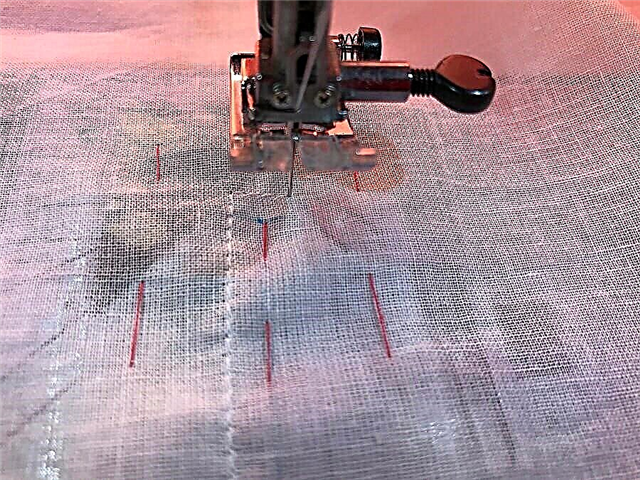
Turn the fabric and lay a stitch across the cut line.
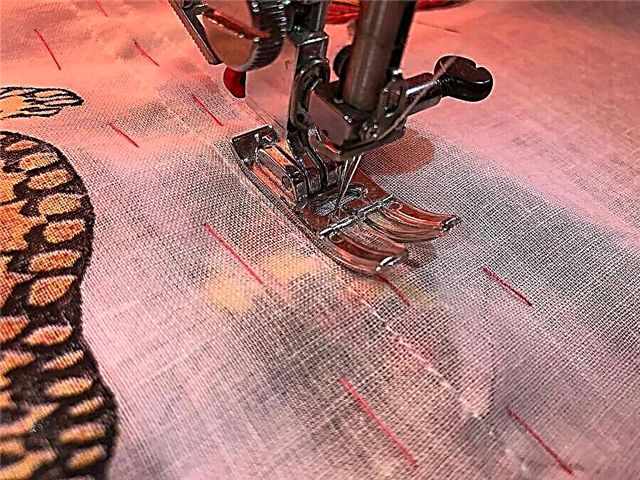
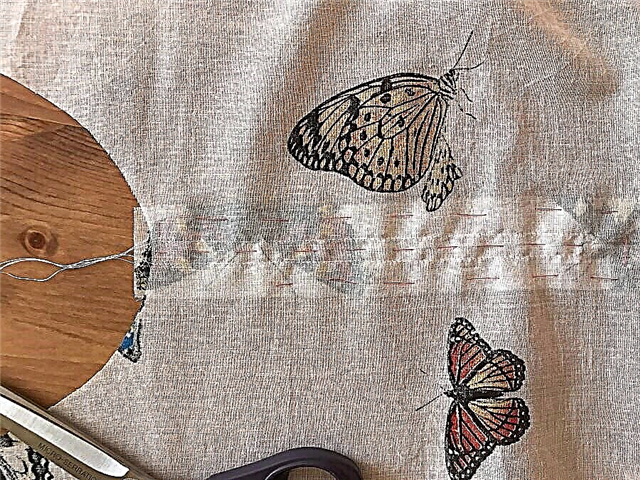
Then line the stitch on the other side of the cut line.
Step 7
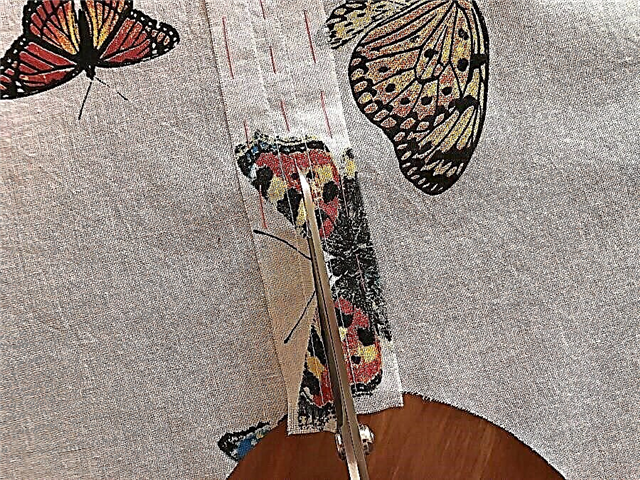
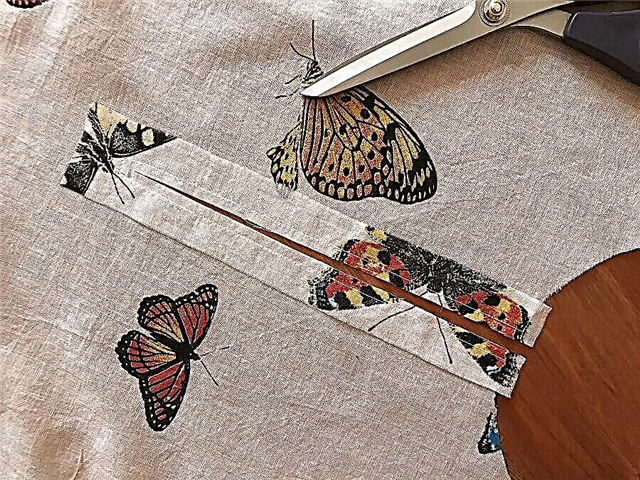
Between the lines, cut exactly according to the marking.
Step 8
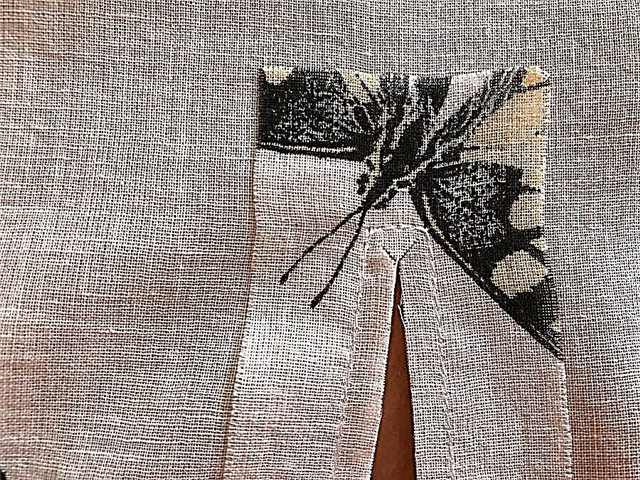
At the bottom of the cut in the corners, make oblique notches close to the stitches.
Step 9
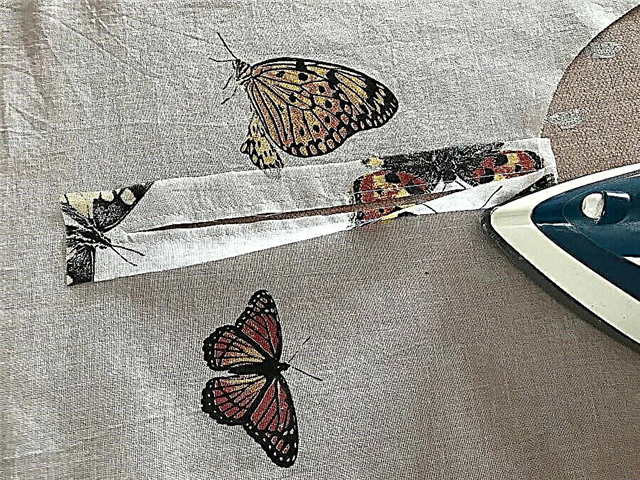

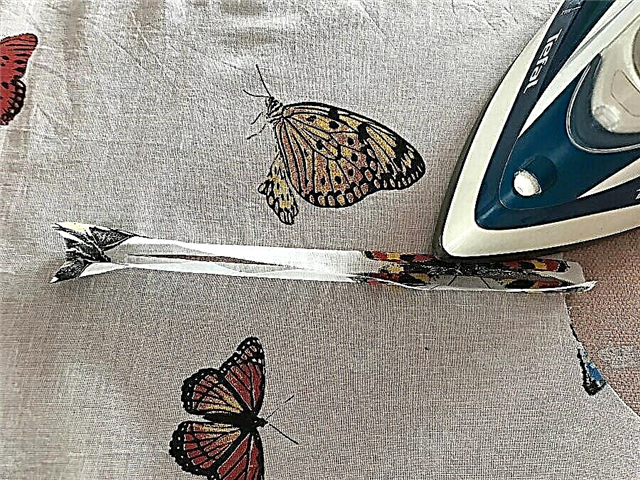
Iron the trim strip for allowances.
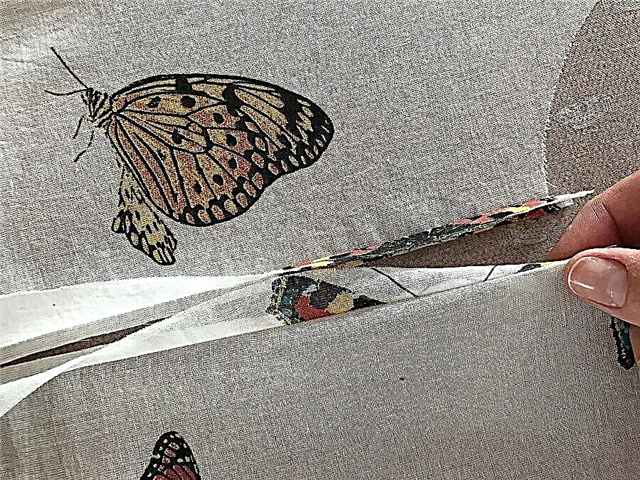
Then unscrew it on the wrong side.
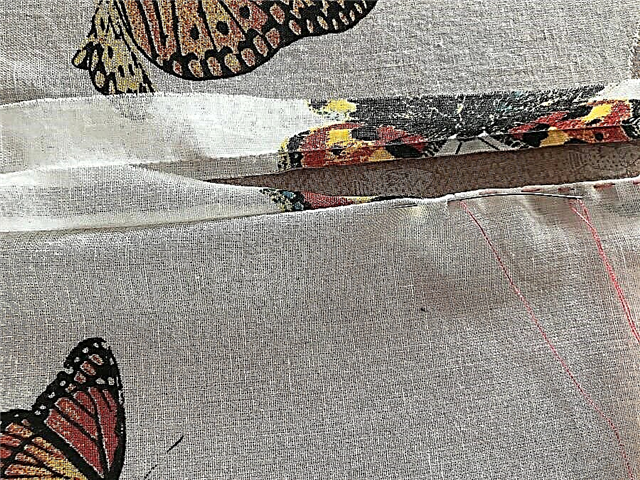
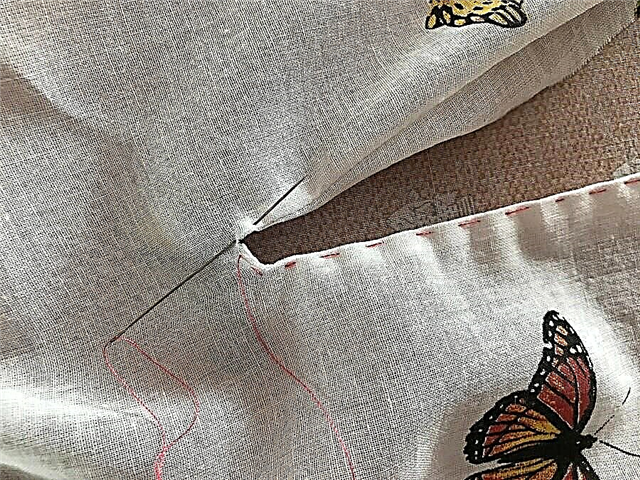
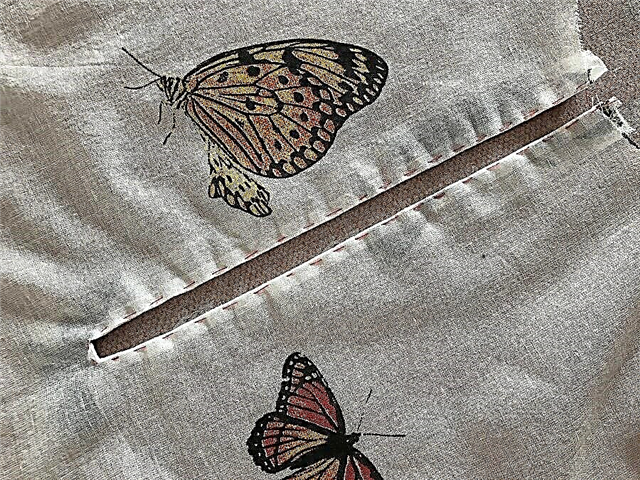
Notice.
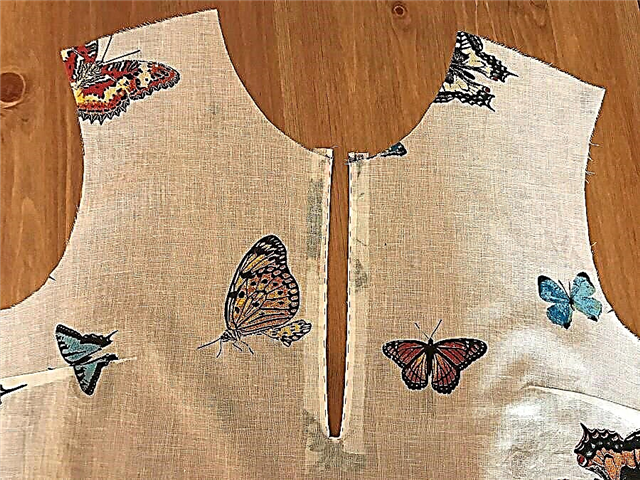
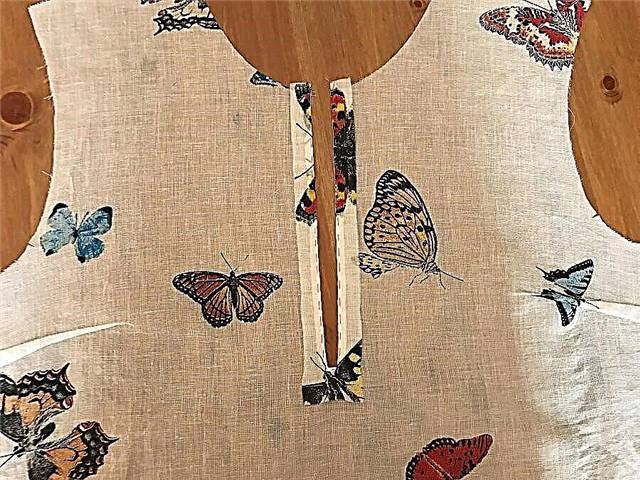
Iron the edges of the cut.
Step 10

If necessary, cut the slices of the trim strip to a width sufficient to go around the cut allowances.
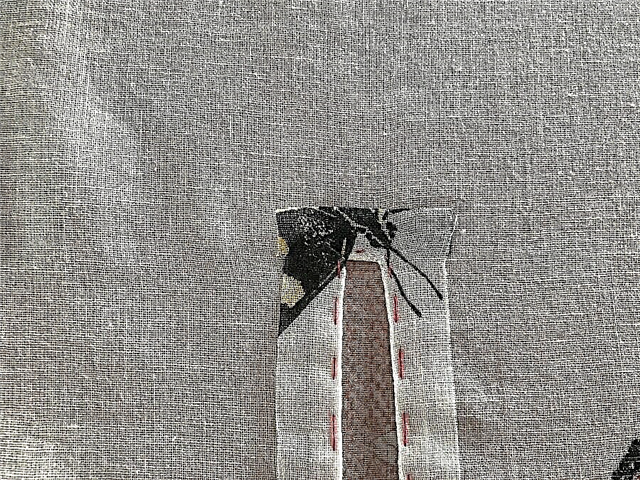
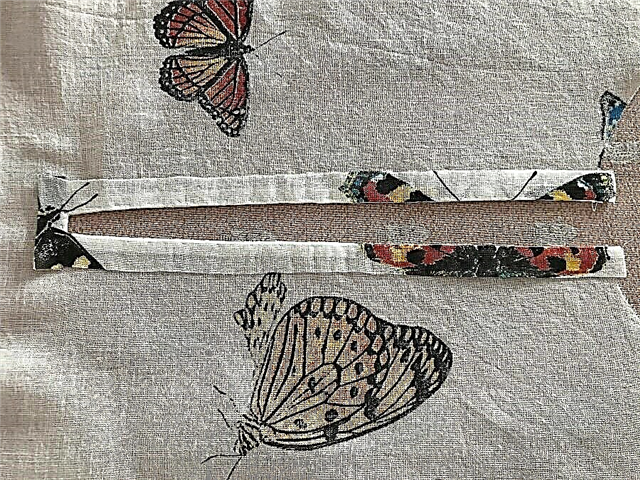
Turn the trimming slices inwards. First, tuck a short cut, iron and remove the basting.
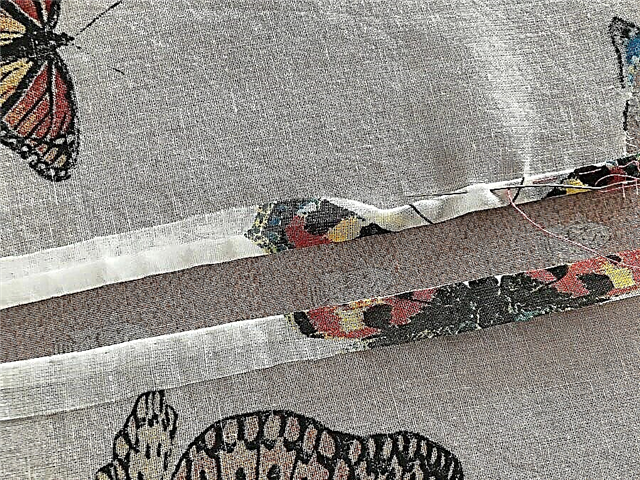
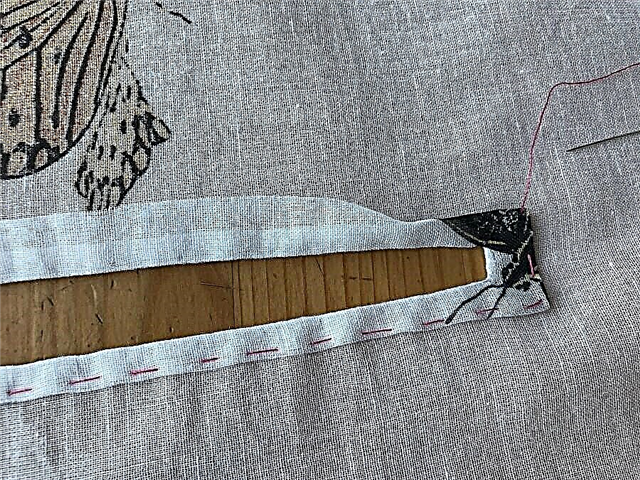
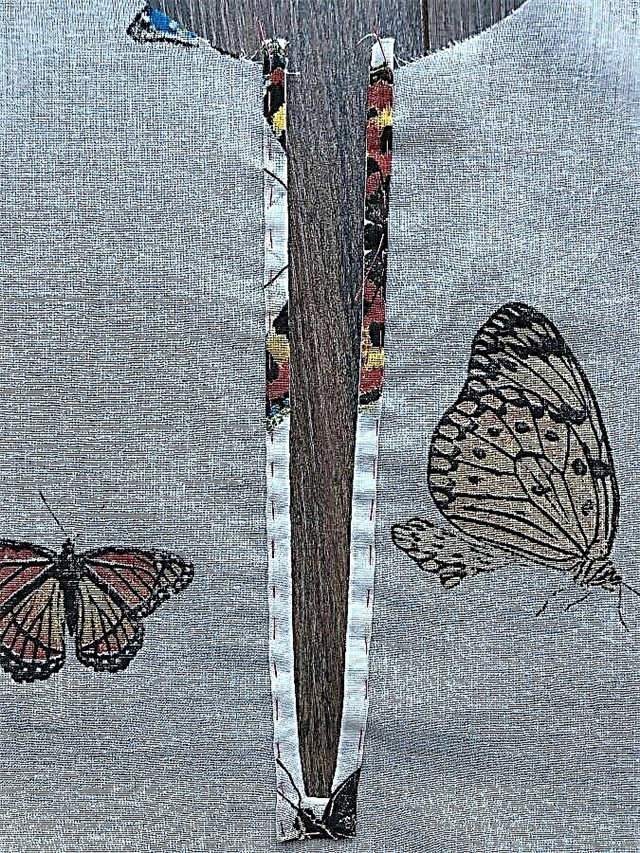
Then tuck long sections, pin or bast.
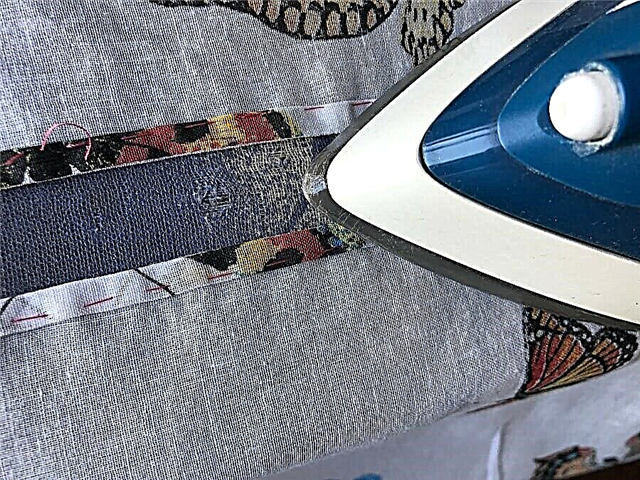
Iron.
Step 11
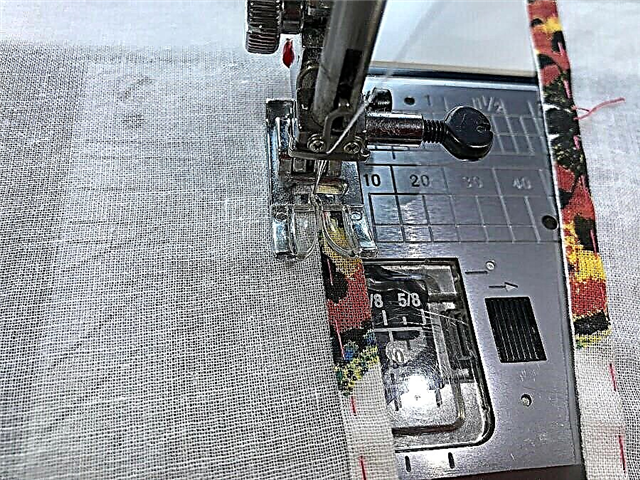
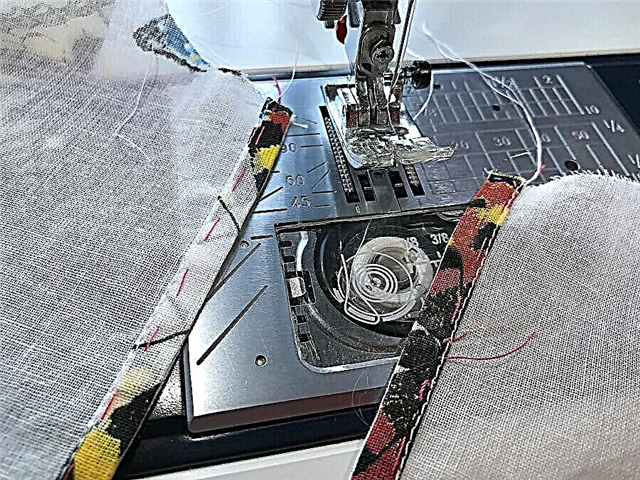
From the wrong side, stitch the cut exactly to the edge.
Step 12
Remove the mark.
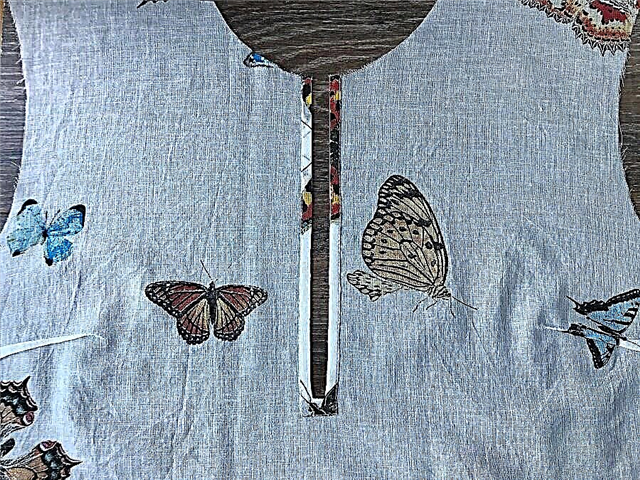

Iron the cut into place on the wrong side and on the front side.
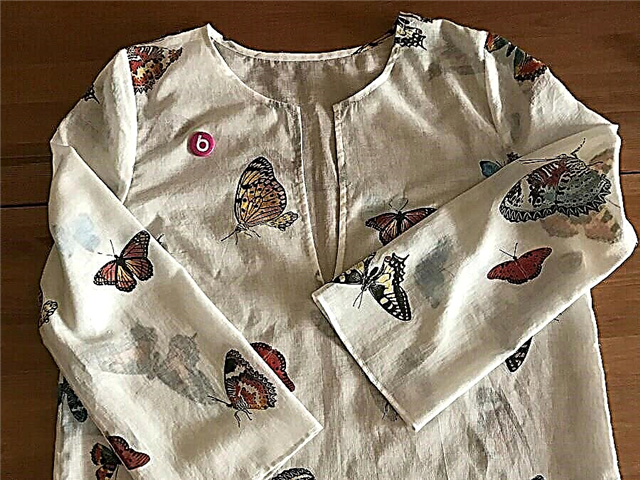
This is how a direct section of the neck of the front end looks like in finished form.
In any of the following patterns, if desired, you can process the section of the neck of the transmission in exactly the same way as an alternative:
- Special offer
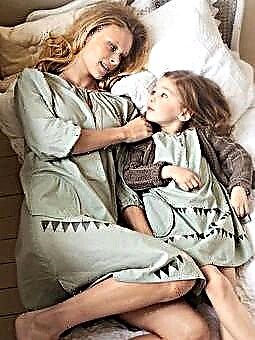
- 1
- 2
- 3
- 4
- Special offer

- 1
- 2
- 3
- 4
- Special offer

- 1
- 2
- 3
- 4
- Special offer

- 1
- 2
- 3
- 4
- Special offer
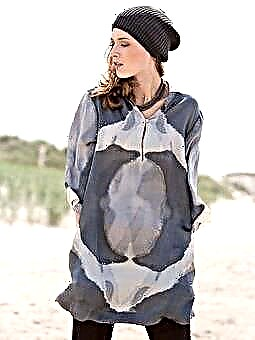
- 1
- 2
- 3
- 4
- Special offer
- 1
- 2
- 3
- 4
The author of the master class and photo: Julia Dekanova



